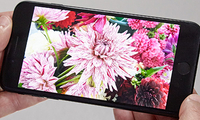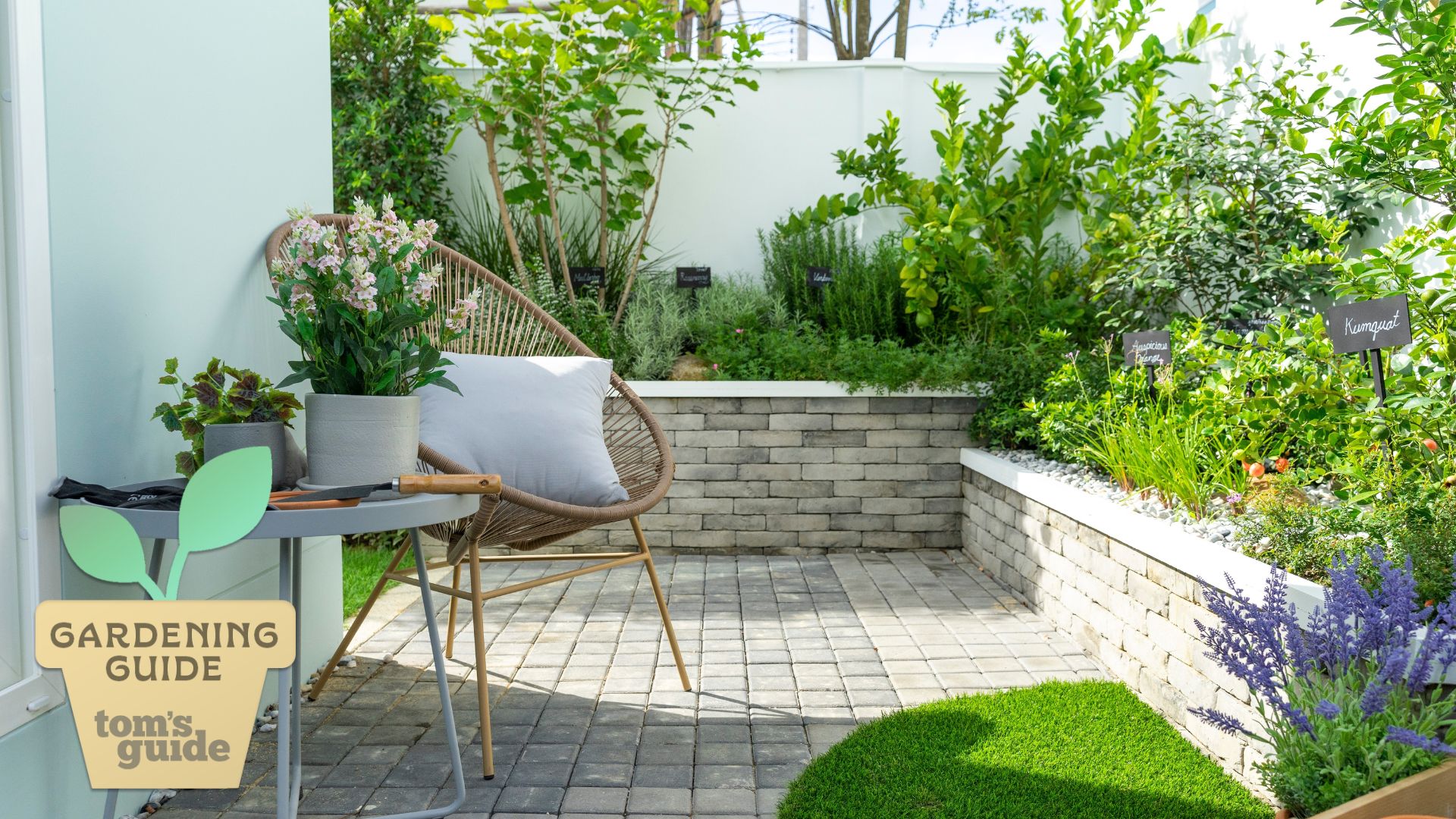iPhone 7 Plus vs Galaxy S7: The Power of Optical Zoom
We put iPhone 7 Plus' optical zoom up against the Galaxy S7’s digital zoom, and there's a pretty big difference.
One of the problems with smartphone cameras is a lack of a quality optical zoom like you get on big mirrorless or DSLR cameras. But with the addition of a second 56mm-equivalent f/2.8 lens on the back of the iPhone 7 Plus, Apple has found a pretty elegant way to put 2x zoom in its phone.
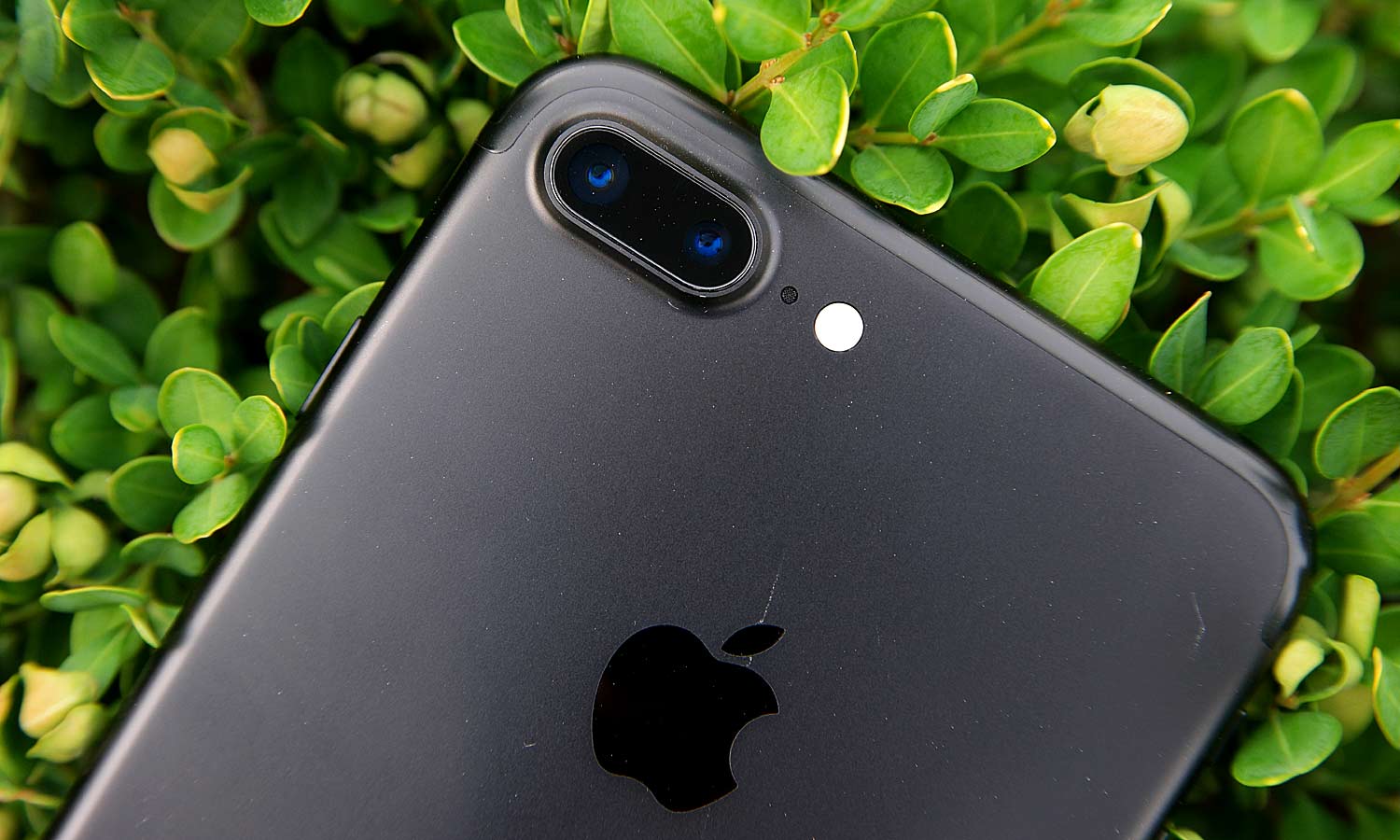
To show you the benefits of the iPhone 7 Plus' 2x optical zoom versus the usual digital enhancement you get on most other handsets, we put the iPhone 7 Plus head to head against the top smartphone camera on the market: Samsung's Galaxy S7 Edge.
Standard view
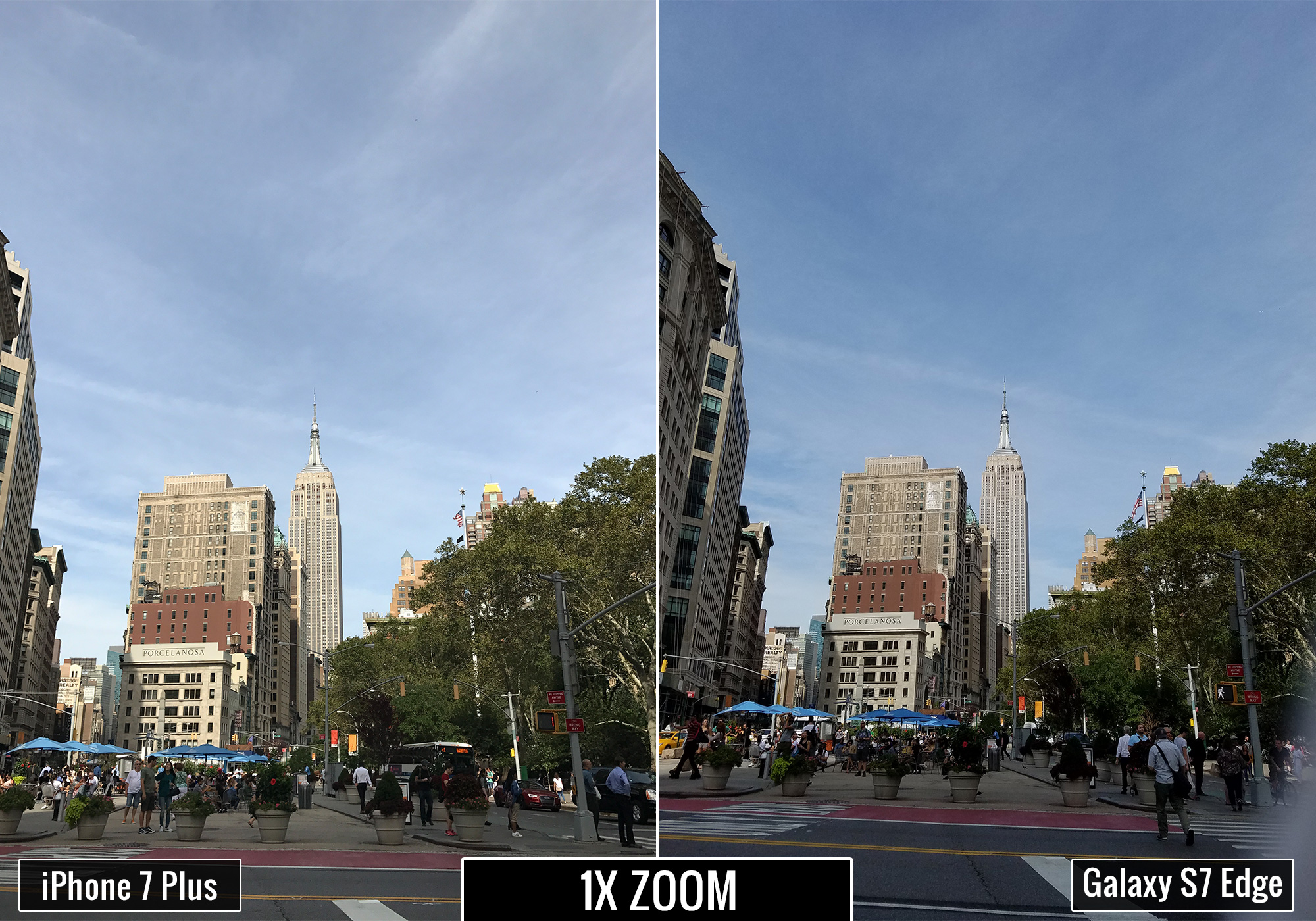
In normal mode, a shot down Broadway of the Empire State from each camera produces photos that both look pretty good, although I have to point out that as in our full camera face-off, the S7 Edge's shot holds a tiny advantage in sharpness while also capturing a slightly richer blue color in the sky.
MORE: Which Smartphone Camera is Best?
2x zoom
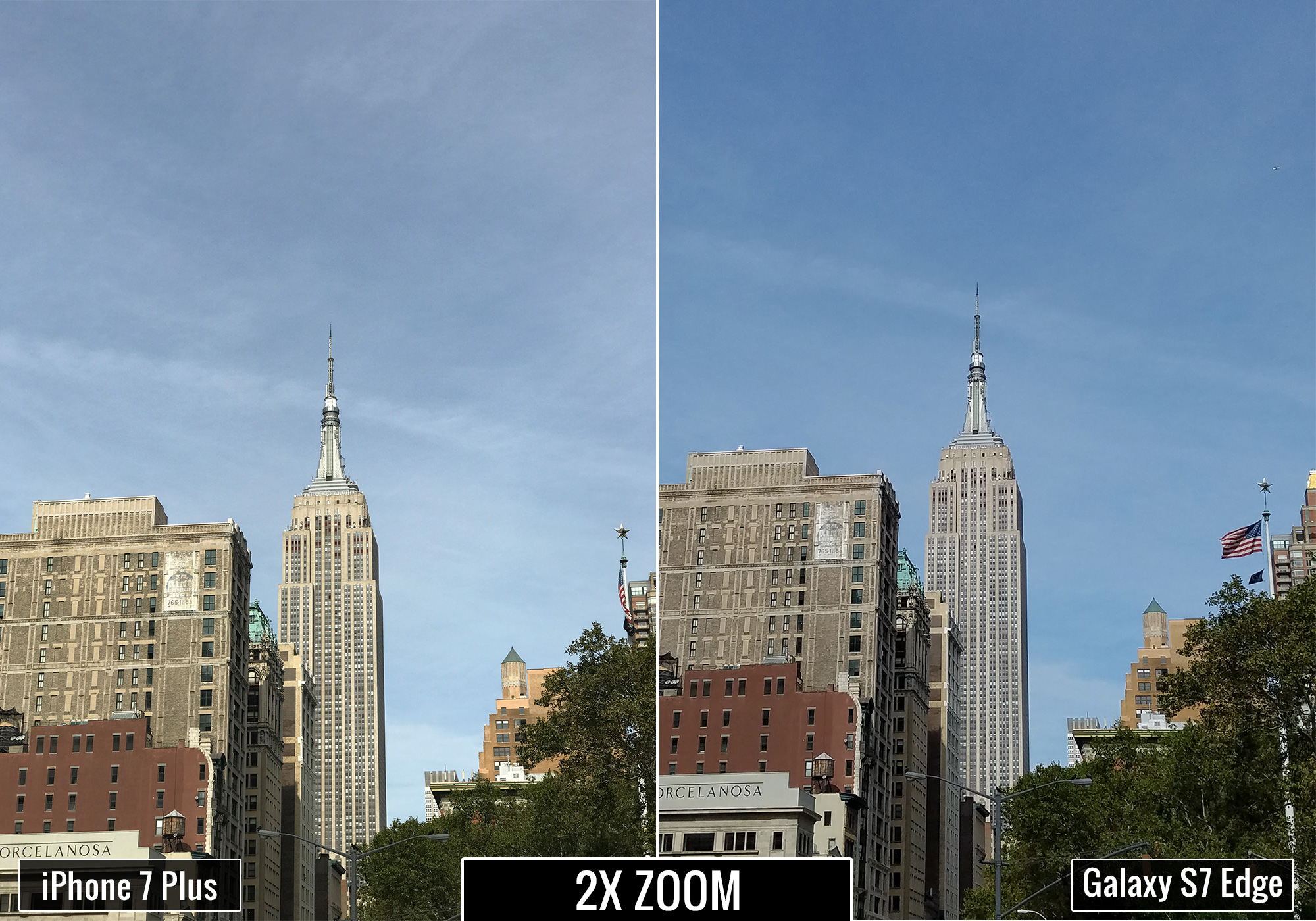
When you hit the zoom button on the iPhone 7 Plus' camera app, that's when Apple's tech begins to flex its muscles. Instead of using the standard 28mm f/1.8 camera, the app switches over to the second 56mm f/2.8 camera.
This gives the iPhone a true 2x optical enhancement. The Galaxy S7 Edge, meanwhile, has to rely purely on a 2x digital zoom.
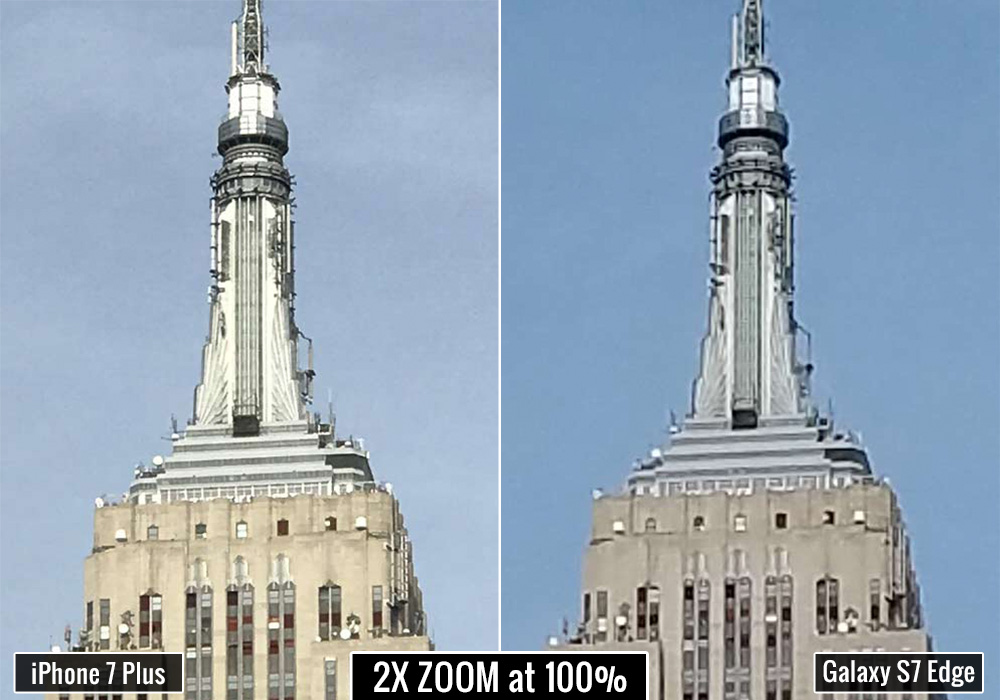
However, it's hard to see the real advantages of the 2x optical until you blow the photos up to 100 percent. When you do, it's quite apparent that when you look at the spire on the ESB, the iPhone 7 Plus' shot is significantly more detailed. You can clearly see the diagonal lines on the spire’s supports as well as the buildup of dirt and grime on the side of the building.
Meanwhile, when you look at the S7 Edge's shot, all you see are blurry splotches.
4x zoom
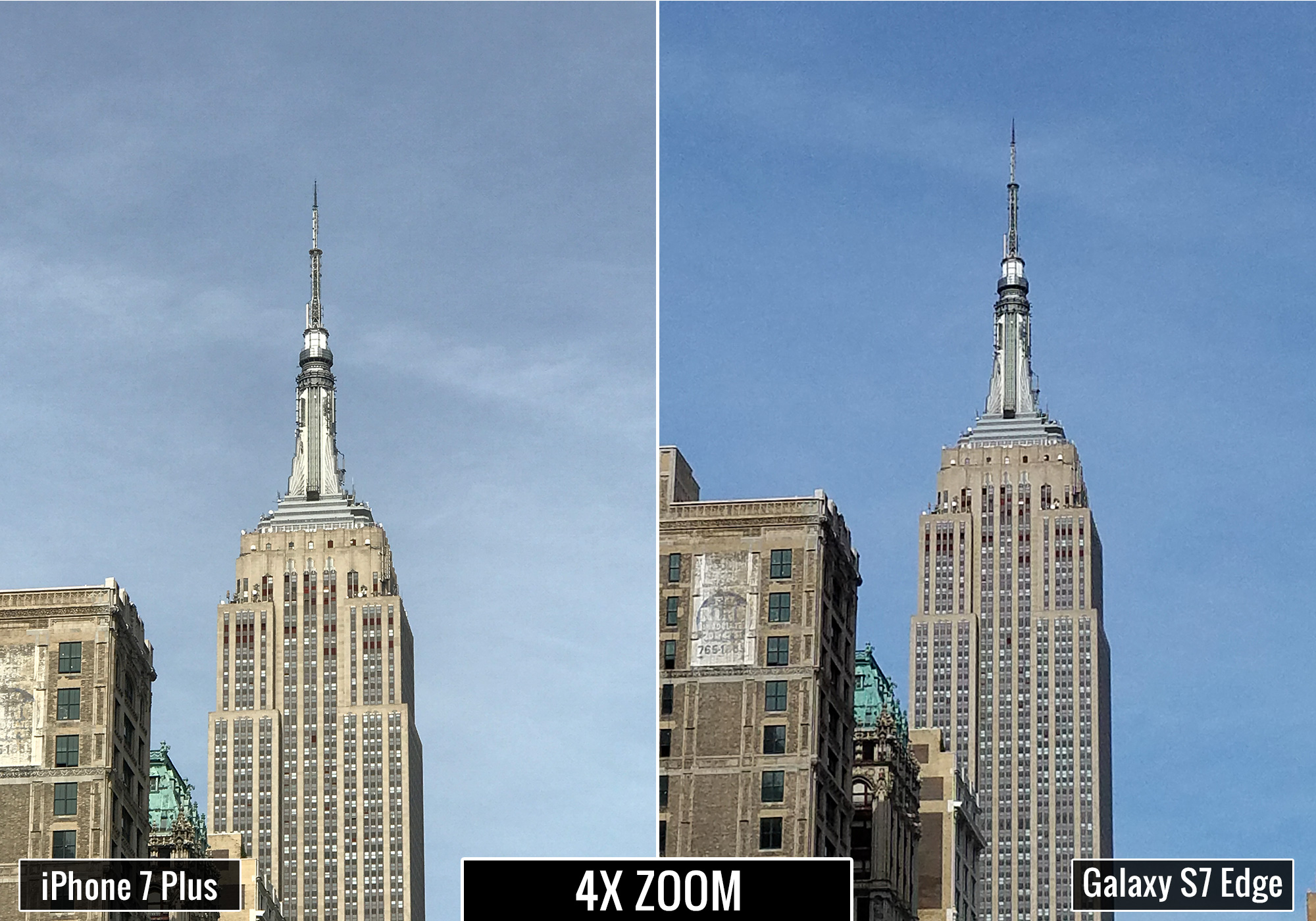
When the iPhone 7 Plus goes above 2x, it combines both optical and digital zoom to provide extra reach. Again, the S7 Edge is again left with only digital enhancement, with image quality starting to fall off fast at this level of zoom.
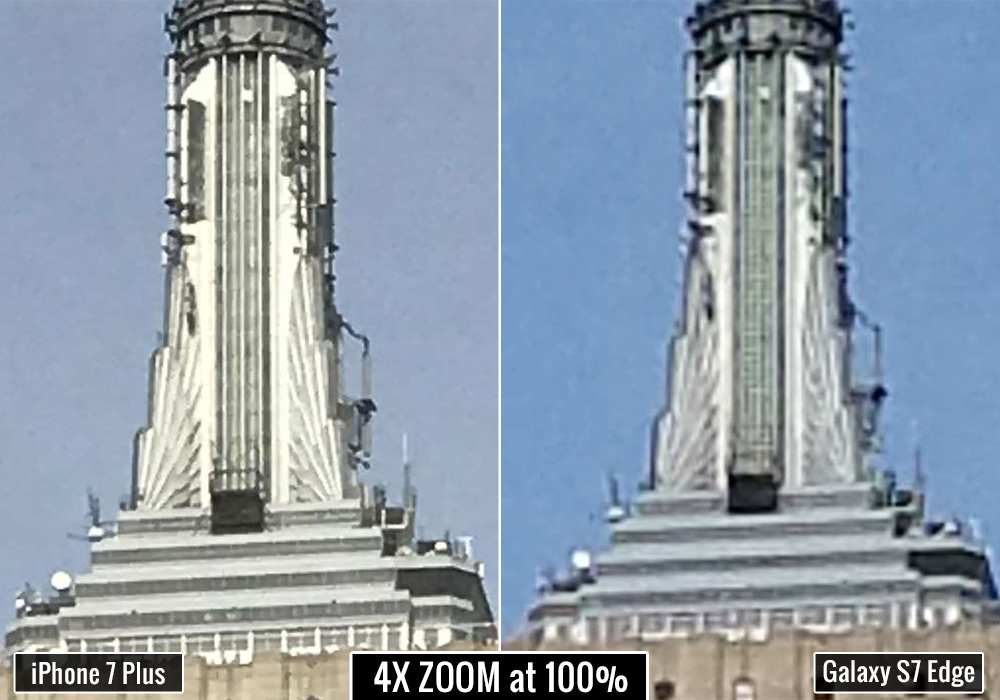
As expected, the iPhone 7's maintains its lead over the S7 Edge, and when you zoom in, the differences are pretty drastic. At full size, the S7 Edge's pic looks more like an impressionist painting than a photograph, while the iPhone 7's shot still retains sharp lines that let you easily see details like window panes.
6x zoom
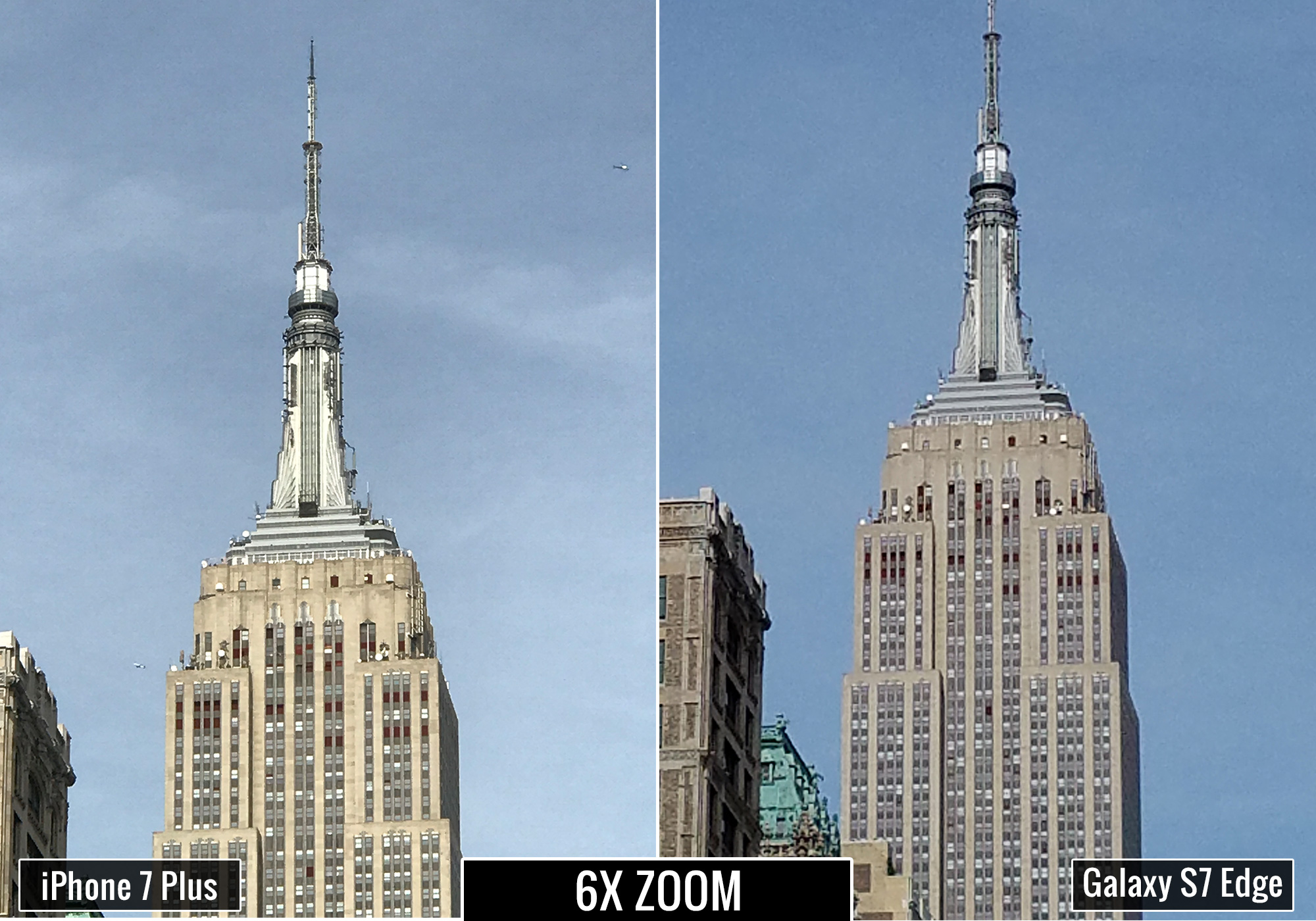
At this point, even with a 56mm lens working with its digital zoom, the iPhone 7 Plus' image starts to look a little blurry, especially when you view the picture at 100 percent.
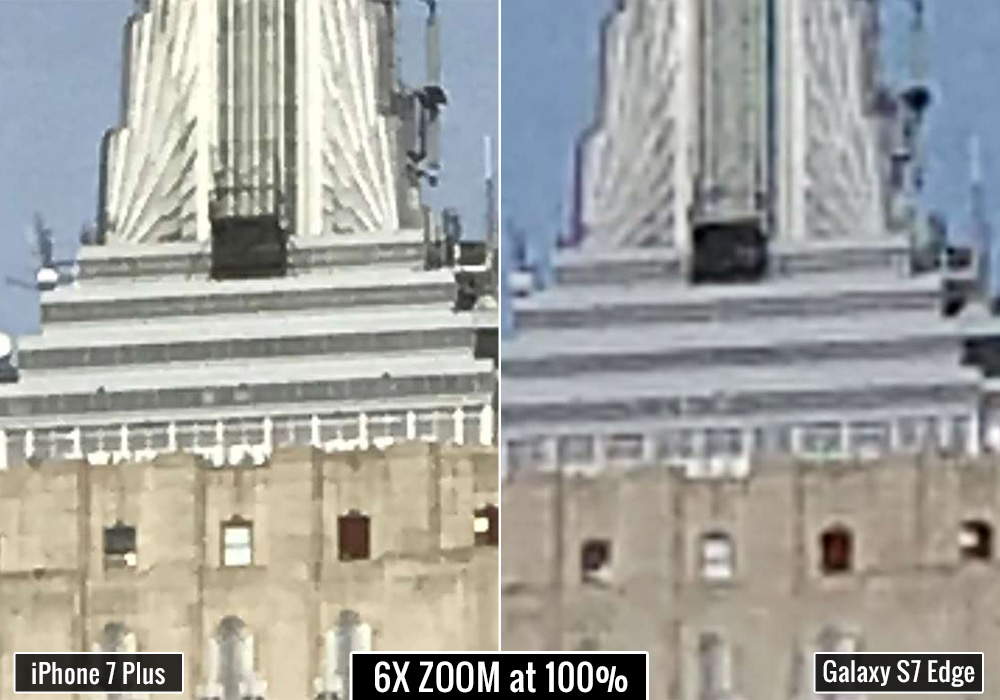
Of course, that means the S7 Edge's shots look even worse, and even at just 25 or 33 percent, you might not want to share them on social media due to poor quality.
8x zoom
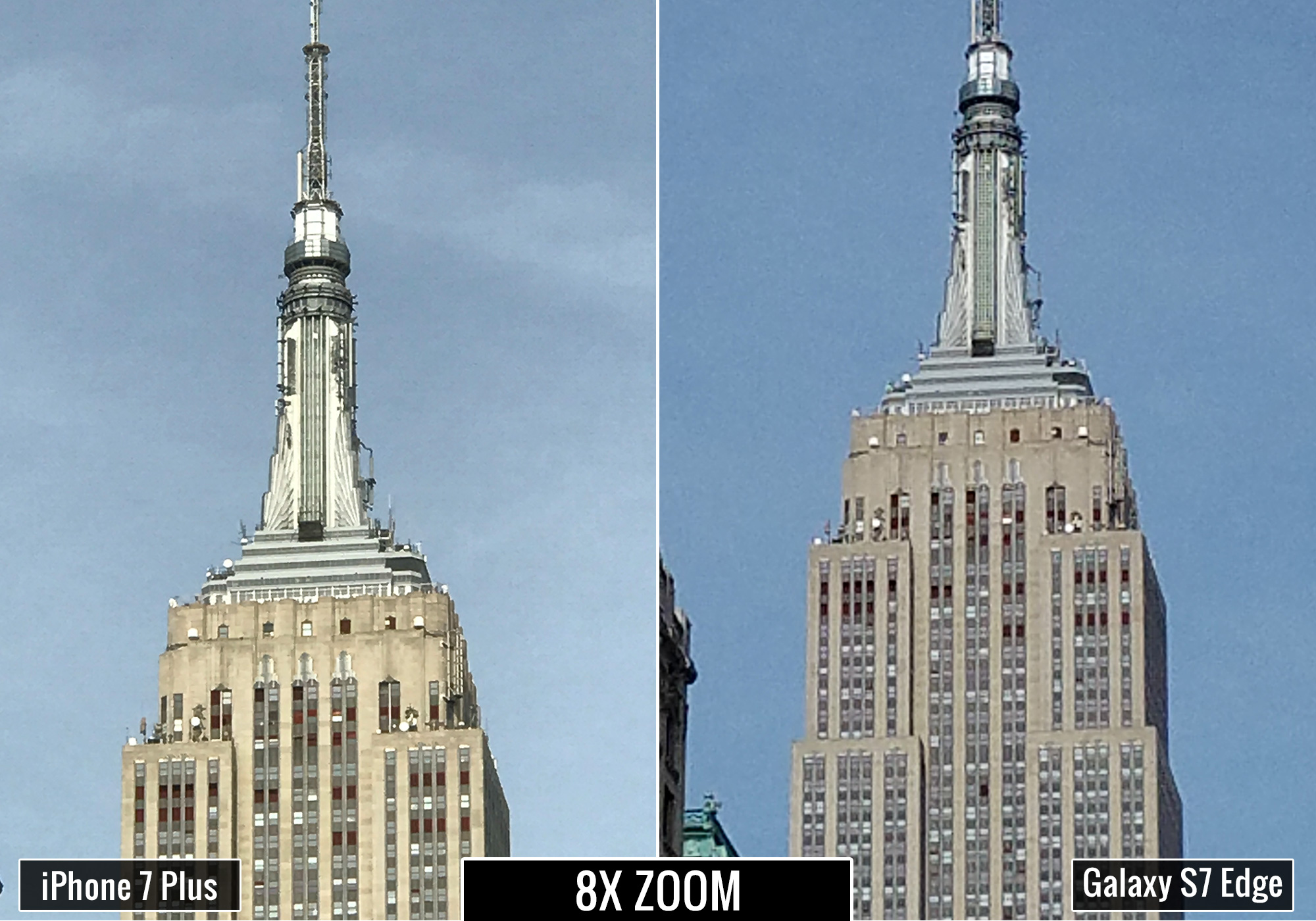
8x digital zoom is where the S7 Edge tops out, although by now, the pixelation and distortion has gotten so bad you wouldn't even want to use these pictures anyway.
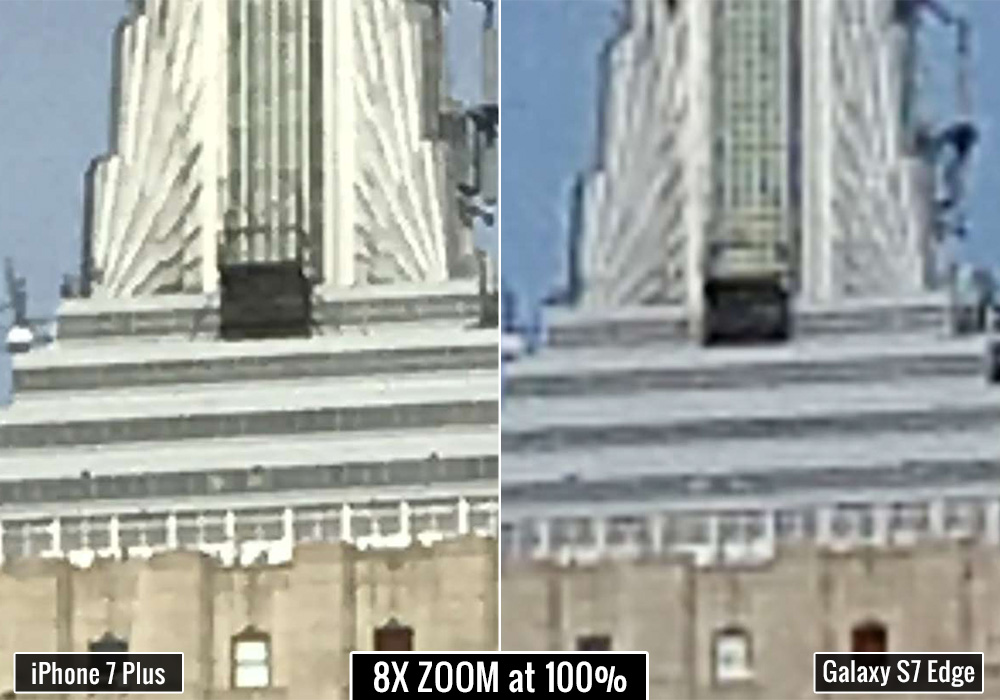
The 7 Plus shot is still surprisingly crisp, although you can definitely see a fair amount of graininess and blur.
10x zoom
At this level of zoom, the iPhone 7 Plus stands alone, although it's not actually that important because like the S7 Edge at 8x, iPhone photos at his level of magnification don't look particularly good.
It's nice to know you have this kind of reach, but if you regularly plan to take shoots at this level of zoom, you'd be much better off with a standalone camera.
What happens in the dark?
The one caveat to the iPhone 7 Plus zoom is that in low light, the phone may combine visual data from both cameras to create a composite image that leverages the wider aperture on the 28mm lens in order to get more light, with the optical zoom from the 56mm cameras. This gives you the best of what both lenses have to offer, unfortunately, since this happens automatically, so there's no way to know exactly what's going on until after you take the shot.
The downside is that you can't choose when this happens, but if you're ever wondering which lens the 7 Plus decided to use, looking at the EXIF data later makes it easy to check.
Bottom Line
Thanks to the iPhone 7 Plus' second cam, users essentially get an extra 2x of usable zoom. At 2x, the iPhone’s photos are more detailed, especially at 100 percent, which means you can more easily crop in without worrying about quality. At 8x, the iPhone 7 Plus' shots are sometimes passable, while photos from the Galaxy S7 Edge look worn out and overly manipulated.
Apple's implementation of two cameras to provide both a standard and zoomed in field of view is pretty impressive. More than any other phone with dual rear cams, the iPhone 7 Plus is one of the best demonstration of how two cameras can be better than one.
Sign up to get the BEST of Tom's Guide direct to your inbox.
Get instant access to breaking news, the hottest reviews, great deals and helpful tips.
Sam is a Senior Writer at Engadget and previously worked at Gizmodo as a Senior Reporter. Before that, he worked at Tom's Guide and Laptop Mag as a Staff Writer and Senior Product Review Analyst, overseeing benchmarks and testing for countless product reviews. He was also an archery instructor and a penguin trainer too (really).
